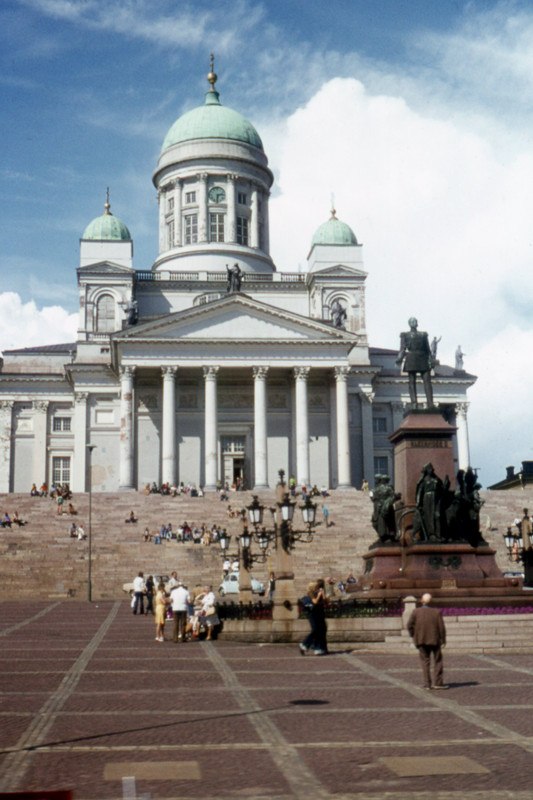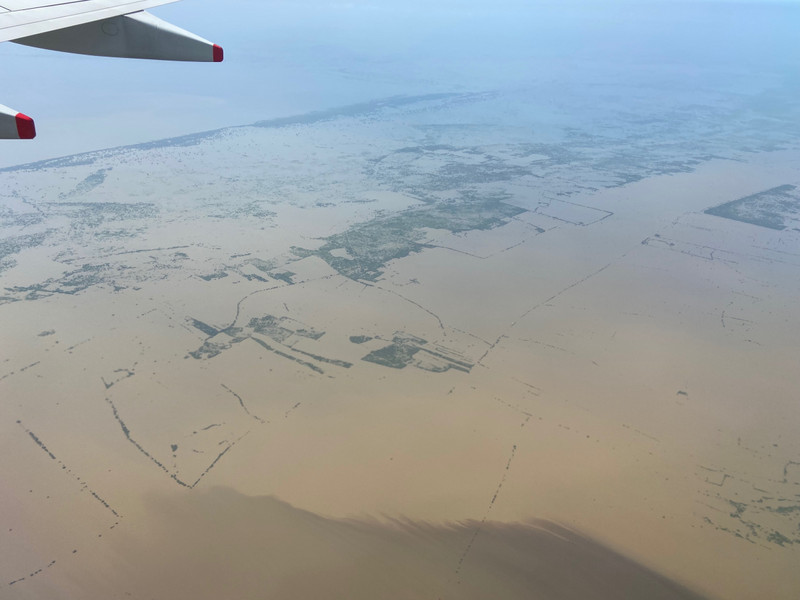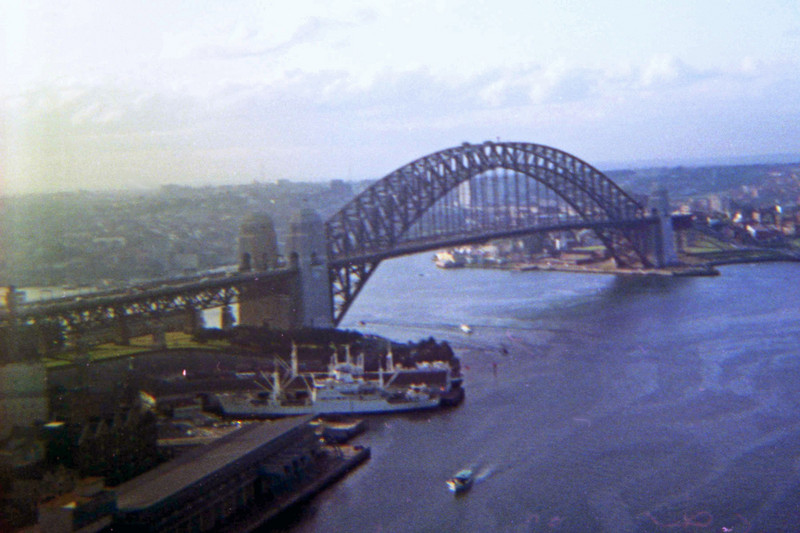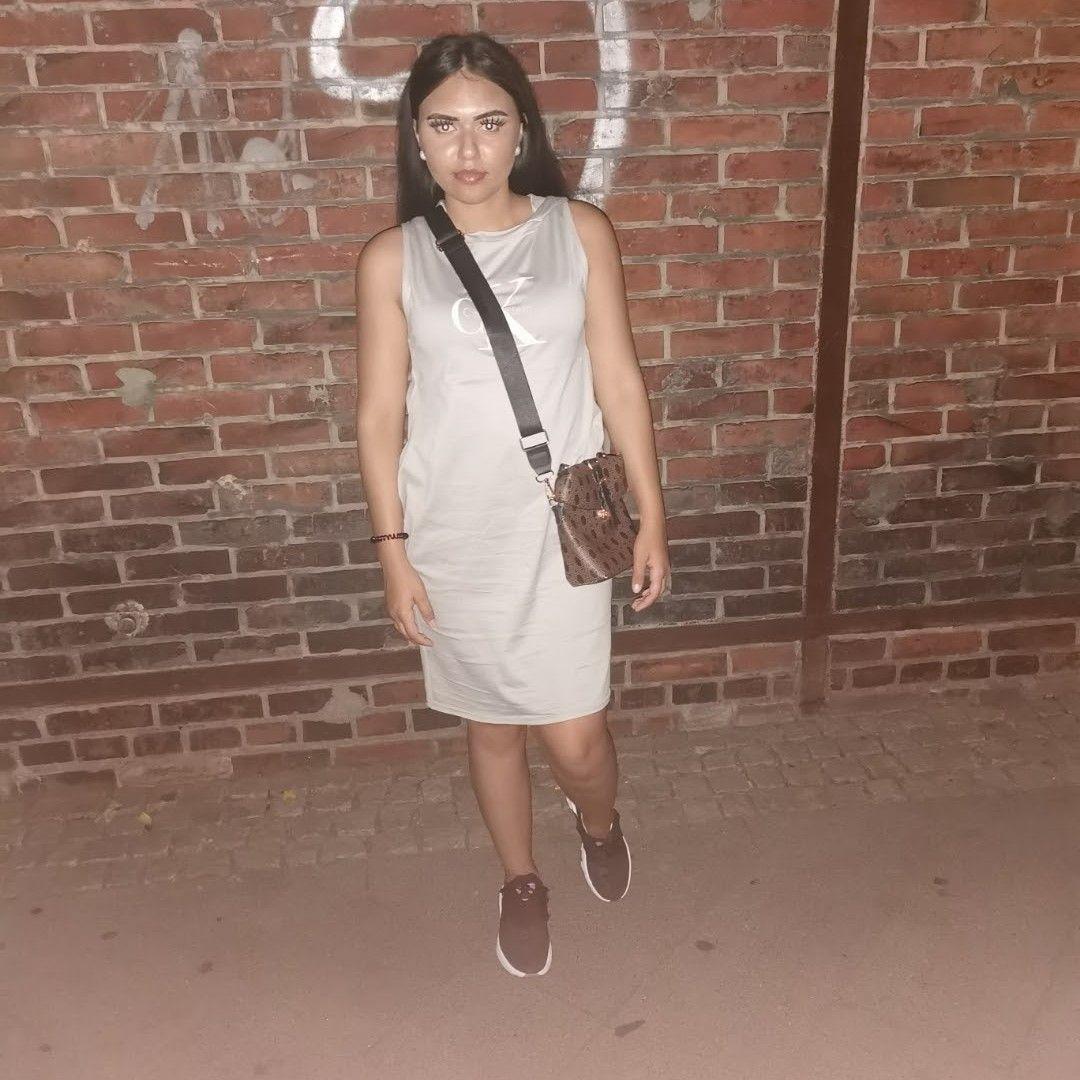The 1975 Los Angeles Geographical Society trip was a memorable month long exploration of Russia and the Balkans, beginning in Finland. Leaving LAX on United to Seattle in the morning, we traveled by a Pan American connection to London Heathrow. There we connected with a British Airways flight to Helsinki. (Im tall and the BA Trident had a very narrow seat pitch!) It was a very full day of flying.
Therefore, we really started seeing Helsinki the following day. First was the Suomenlinna Fortress, seen largely from the harbor in a tour boat. Suomenlinna reflects the history of modern Finland. The fort, overlooking the entrance to Helsinki harbor, was begun by the Swedish administration in 1750. It was expanded during the Russian occupation of Finland in the 19th century to the independence of Finland in 1917. Suomenlinna was named a UNESCO World Heritage site in 1991.
Returning to Helsinki proper, we visited the harborside Market Square with a lively outdoor market in progress, Senate Square with the Lutheran Cathedral, Temppeliaukio (Rock Church), the Sibelius Monument and the Seurasaari Museum. I really enjoyed the Sibelius Monument with its sculpture of Sibelius head and the large abstract sculpture next to
Construction of the fortress began in 1748. The fort was greatly expanded during the Russian administration of Finland EE1975004p1
On Saturday, the following day, we explored the environs of Helsinki including Tapiola and Hvittrsk. Tapiola as a part of Espoo was already developing as a sustainable planned new town. Hvittrsk was built in 1903 as a home and studio by four Finnish architects, including Eliel Saarinen. Eliel Saarinen was famous as the architect of Helsinki Station, opened in 1919. Hvittrsk was the boyhood home of his son, Eero Saarinen, who would design Dulles International Airport, the TWA Flight Center at JFK and the Gateway Arch in St. Louis.









